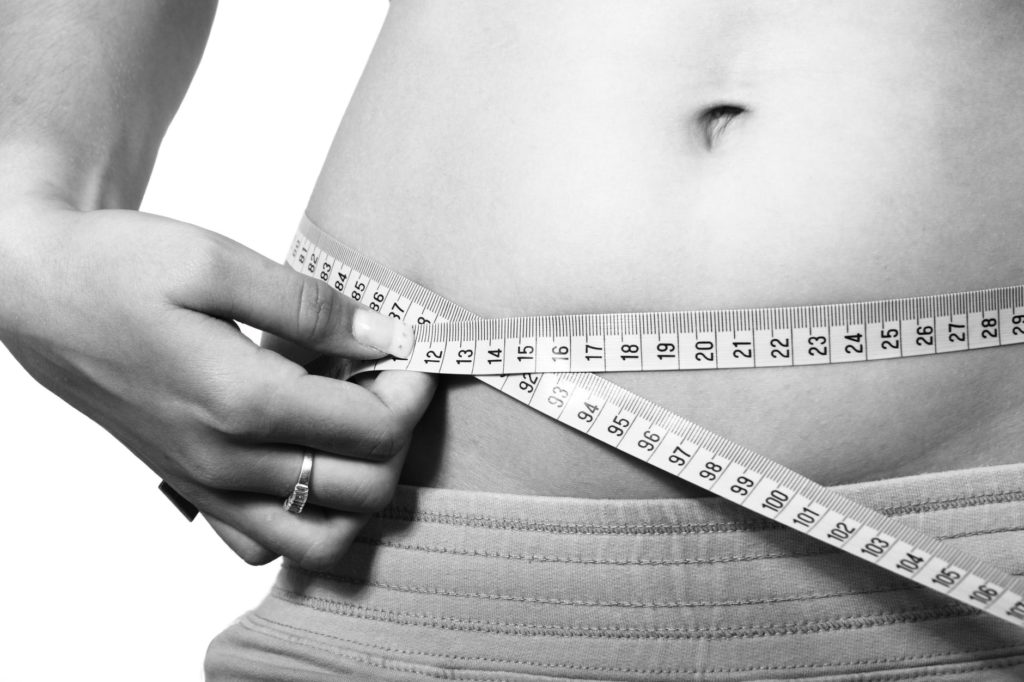The fitness supplement industry is worth billions of dollars. However, most of the products available on the market are junk. Either the products do not contain ingredients that actually work or if they do, the dosage would not be enough to even give my 100lb rottweiler the extra oomph that we would hope for. In this article I will highlight the top three supplements proven to actually work.
Key Points
- Most of the supplements on the market are junk.
- Avoid the marketing statements and go straight to the ingredients list.
- The top 3 supplements proven to actually work and are worth the money: creatine, citrulline malate and beta-alanine.
The question is “How is the supplement industry worth billions if most products are garbage?”
Answer is simple – marketing. Skip over the incredibly magnificent marketing ‘promises’ and go straight to the ingredients list. Better yet, purchase these supplements individually so you know exactly what you’re getting.
Creatine
Creatine is the “OG” of supplements and has been extensively researched for decades.
A study published in 2003 found creatine to improve maximal power/strength, work performed during sets of maximal effort muscle contractions, single-effort sprint performance, and work performed during repetitive sprint performance. During training, Creatine has been reported to promote significantly greater gains in strength, fat free mass, and exercise performance primarily of high intensity tasks. (1)
A more recent study published in May of 2018 found Creatine to increase strength in as little as two weeks, while actually increased muscle damage markers. (2) Muscle damage is necessary for increase in lean tissue. Due to creatine providing the ability to train harder, increased muscle damage occurs resulting in higher muscle adaptation and growth.
Dosing
The basic dosage protocol is to take 5g of creatine daily.
Although not necessary, a loading protocol can be used with up to 10 or 15g per day for 5-7 days to reach peak levels faster. After 7 days, reduce the dose to 5g daily to maintain stable levels of creatine in the body.
Since creatine increases your body’s total water mass, drinking extra water when using it is recommended. Combining creatine with extra water intake and some carbohydrates in your diet will provide a noticeable increase in strength and performance in the gym.
Creatine monohydrate is the type of creatine most researched and recommended for use.
Key Benefits
- Increase in strength, lean tissue and exercise performance
- Improved rate of recovery
- Prevent and/or reducing the severity of injury, enhancing rehabilitation from injuries, and help tolerate heavy training loads. (3)
Note* Individuals with low creatine levels, such as vegans and vegetarians, may see a greater benefit from supplementation than meat-eaters. This is due to meat containing creatine, while vegan or vegetarian foods do not or do in low amounts.
Best of all, creatine is perfectly safe for use as a healthy adult.
Citrulline Malate
L-citrulline is a non-essential amino acid, meaning that our body can produce it naturally as needed. It is also naturally occurring in foods such as watermelons.
L-citrulline is converted to arginine by the body which increases nitric oxide.
Nitric oxide is important for signalling increase in blood flow which causes greater pumps in the gym as well as improved recovery.
A study published in 2010 reported an approximately 53% increase in more repetitions and 100% more on the last set of bench press in the Citrulline Malate treatment group from only one singular dose. In addition, speed of recovery was improved by 40% as well. (4)
Dosing
A full effective dose of citrulline malate is 6-8grams.
Best time to take it is 30 to 45 minutes prior to a workout session.
Key Benefits
- Improved energy and athletic performance
- Increased rate of recovery
- Enhanced pumps in the gym even on a low carb diet
Research studies have shown no adverse effects from using citrulline malate.
A small percentage of people reported some stomach discomfort when ingested. If that’s the case, try having some food in your belly when taking it.
Beta-Alanine
Like L-citrulline, beta-alanine is also a non-essential amino acid, occurring in the body naturally.
Beta–alanine aids in the production of carnosine, a molecule that helps buffer acid in muscles, increasing physical performance.
A study published in the Journal of the International Society of Sports Nutrition, reported that beta-alanine supplementation was effective at increasing power output when lifting loads equivalent to the individual’s maximal strength or when working at maximum power output. (5)
Another recent study posted in Journal of the International Society of Sports Nutrition, shows that beta-alanine supplementation increased exercise capacity and eliminated endurance exercise induced declines in executive function seen after recovery. (6)
Dosing
An effective dosage protocol for beta-alanine is between 3 to 6 grams daily split every 4-6 hours in equal doses.
Key Benefits
- Most effective for higher endurance exercises lasting between one and four minutes.
- Reduced fatigue during intense training
- Improved strength
- Increased time to exhaustion (TTE)
There are no research studies reporting any adverse effects using beta-alanine.
Note* Beta-alanine causes a tingly-like bodily feeling when ingested, especially when at the beginning of the protocol.
Final Words
Nutritious foods should make up the bulk of your diet plan.
My suggestion is to consistently follow a diet plan consisting of whole nutrient-dense foods and mastering exercise execution first.
Once you’ve covered those grounds, use these supplements to help you overcome plateaus and progress towards building a body that you love.
Out of all the non sense supplements out there, these three supplements are proven to actually work.






